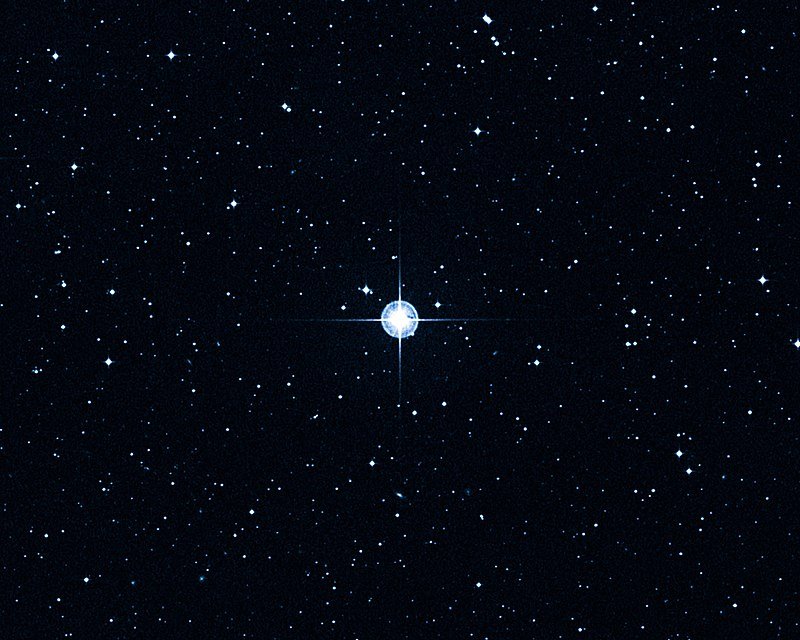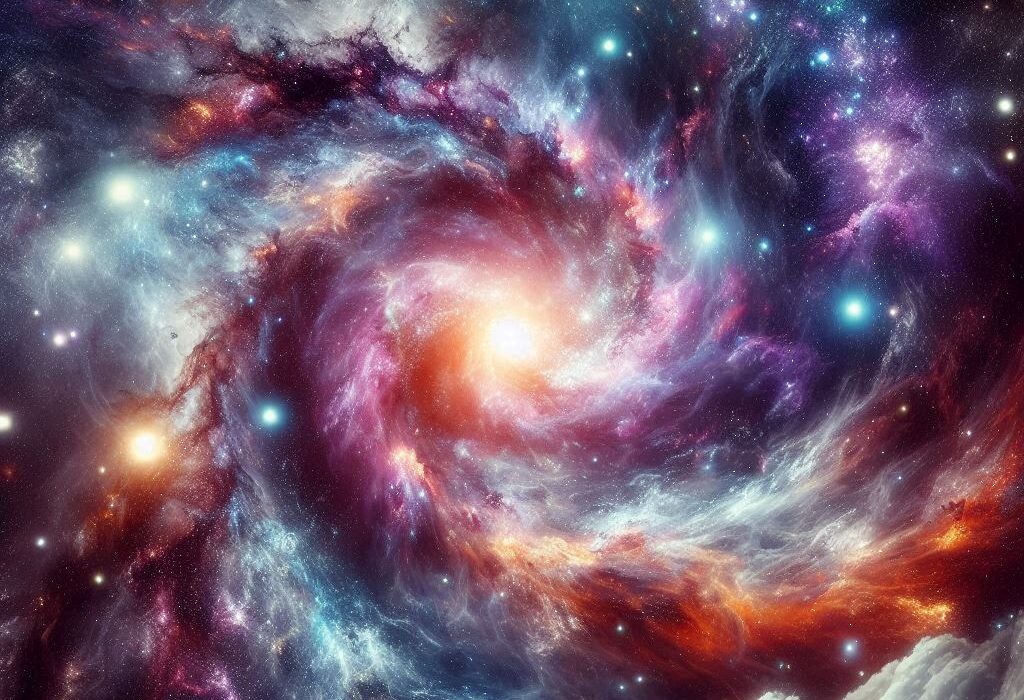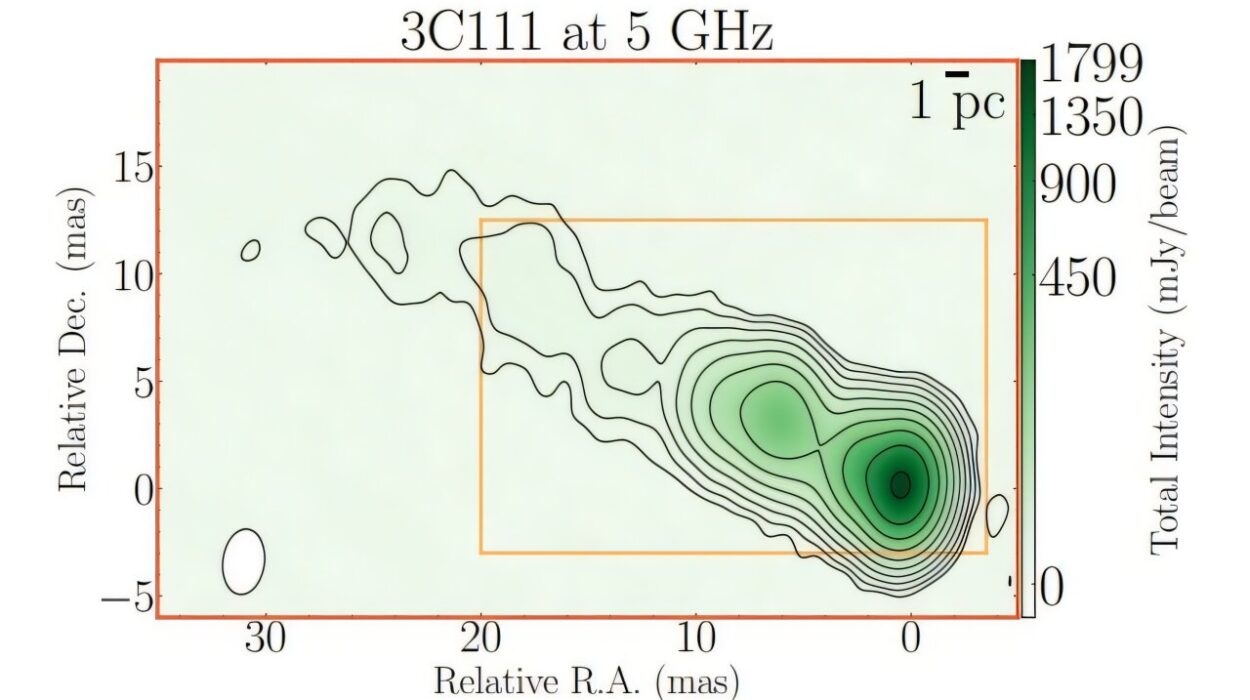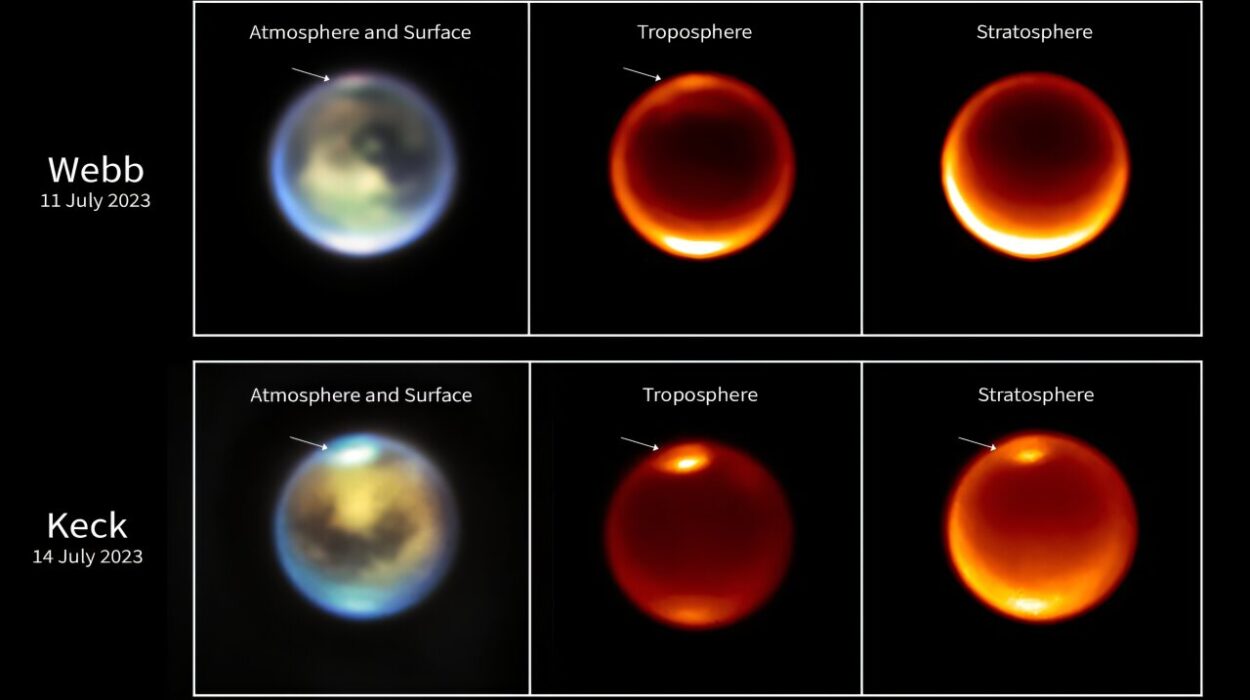Imagine standing beneath a vast, dark sky, gazing up at stars whose light has traveled for billions of years to reach you. As you trace the constellations and watch for shooting stars, it’s easy to feel small, yet somehow deeply connected to the cosmos. But among the countless points of light above us, there’s one that captures the imagination of scientists and stargazers alike: the oldest known star in the universe.
This ancient cosmic beacon, a stellar fossil from the dawn of time, offers more than just an incredible statistic about age. It holds within its fiery heart a story—one that speaks to the origins of everything we know. From the birth of atoms to the formation of galaxies, the existence of this star helps answer some of humanity’s most profound questions: Where did we come from? How old is the universe? What forces shaped the cosmos we inhabit today?
In this journey, we’ll explore what the oldest star in the universe tells us about creation. We’ll dive into the nature of stars, how they are born and die, and why this particular ancient star is a key that unlocks secrets of the early universe. Buckle up as we travel back nearly to the beginning of time itself.
Stars Are Time Machines
Before we explore the oldest star, we need to understand why stars are such powerful tools for unraveling cosmic history.
When you look at a star, you’re actually seeing the past. Light travels at a finite speed—about 299,792 kilometers per second (or roughly 186,000 miles per second). Even at this breakneck pace, light takes time to reach us. The sun’s light, for example, takes about eight minutes to get to Earth. Some stars are so far away that their light has been traveling toward us for billions of years.
This means when we study ancient stars, we are literally looking back in time. But time travel isn’t the only thing that makes stars valuable to science. Stars are also laboratories of creation. They forge the elements in their hot, dense cores, turning hydrogen into helium and eventually into heavier elements like carbon, oxygen, and iron. Without stars, there would be no planets, no life, and no people pondering the mysteries of existence.
So, when we find an ancient star, it’s not just an old piece of the universe—it’s a relic that tells us how everything began.
The Cosmic Timeline and the Age of Stars
The universe is about 13.8 billion years old, according to the best estimates from cosmologists. This age is calculated based on measurements of the cosmic microwave background (CMB)—the faint afterglow of the Big Bang—and on observations of distant galaxies. If the universe began 13.8 billion years ago, the first stars must have formed shortly afterward.
The earliest stars, known as Population III stars, were forged from the primordial soup of hydrogen and helium that emerged from the Big Bang. They were massive, hot, and short-lived, burning out in spectacular explosions called supernovae. For decades, scientists believed we’d never find a Population III star still burning today—they were too big and burned too fast.
But then, astronomers began finding Population II stars, which are nearly as old and still shine on. These stars formed from the ashes of the first generation of stars. They are ancient, metal-poor, and long-lived—perfect candidates for studying the young universe.
Among these, one star stands out as perhaps the oldest we’ve ever found.
Meet Methuselah, the Oldest Star We Know
Named after the Biblical figure said to have lived 969 years, the Methuselah Star—officially designated HD 140283—is a staggering 190 light-years away in the constellation Libra. While that’s relatively close in galactic terms, what makes Methuselah extraordinary is its age.
Initial estimates placed the age of HD 140283 at about 14.5 billion years, which, puzzlingly, is older than the age of the universe itself! Obviously, something wasn’t adding up. Scientists refined their methods, accounting for uncertainties in measurements, and revised the star’s age downward to around 13.7 billion years, give or take a few hundred million years.
Even so, Methuselah is nearly as old as the universe. This ancient star formed soon after the Big Bang, making it a living fossil from the cosmic dawn.
But how did scientists figure all this out?
How We Measure the Age of Stars
Measuring a star’s age is no small feat. Unlike trees, stars don’t have rings you can count. Instead, scientists rely on a combination of techniques:
Stellar Composition (Metallicity)
In astronomy, “metals” are any elements heavier than helium. The very first stars contained almost no metals because they formed from the pristine hydrogen and helium of the Big Bang. When stars go supernova, they seed the cosmos with heavier elements. So, stars that have very low metallicity—like Methuselah—must be ancient. They formed before the universe was enriched by many generations of supernovae.
HD 140283 has extremely low metallicity, making it one of the oldest second-generation stars ever observed.
Stellar Evolution Models
Stars evolve in predictable ways. By knowing a star’s mass and composition, scientists can model how fast it burns fuel and where it is in its life cycle. Methuselah is a subgiant—meaning it’s in a transitional phase between burning hydrogen in its core and expanding into a red giant. By comparing its properties to models of stellar evolution, scientists can estimate its age.
Parallax and Distance Measurements
Knowing a star’s distance helps refine its brightness and, therefore, its size and stage in its life cycle. Recent advances in parallax measurements—thanks to the Gaia spacecraft—have made age estimates more accurate.
What Methuselah Tells Us About Creation
The Methuselah star isn’t just old. It’s a key piece of the cosmic puzzle.
Confirming the Timeline
The fact that Methuselah formed so soon after the Big Bang confirms our timeline of cosmic events. It suggests that stars could form relatively quickly—within the first few hundred million years after the universe’s birth.
Insight Into Early Star Formation
Methuselah’s existence shows that second-generation stars formed shortly after the first massive stars exploded. This means galaxies and larger structures in the universe were assembling rapidly.
Testing Our Theories
The initial age estimate of Methuselah being older than the universe forced scientists to reexamine their models. It led to refinements in how we measure distances, ages, and the behavior of stars. This constant feedback loop of theory and observation makes science stronger.
Cosmic Archaeology and Stellar Fossils
Studying stars like Methuselah is like doing cosmic archaeology. These ancient stars are “fossils” that preserve the conditions of the early universe. By analyzing their light, we learn about the chemical makeup of the cosmos at different times.
Spectroscopy: Reading Starlight
Every element absorbs and emits light at specific wavelengths, creating a unique “fingerprint.” By analyzing a star’s spectrum, scientists can tell what it’s made of. Methuselah’s spectrum shows almost no heavy elements, reinforcing its age.
Galactic Archaeology
Stars orbit the Milky Way in different ways depending on when and where they formed. Methuselah has a highly elliptical orbit that takes it far out of the galactic plane—typical of halo stars, which are among the oldest in the galaxy.
Beyond Methuselah—Searching for Older Stars
Methuselah might be the oldest star we know, but it’s unlikely to be unique. Astronomers are constantly on the lookout for other ancient stars.
In 2014, researchers discovered SMSS J031300.36−670839.3, another extremely metal-poor star, thought to be nearly as old as Methuselah. This star is so primitive it contains almost no iron—suggesting it formed from material enriched by just one earlier supernova.
Finding more of these stars helps scientists map the history of star formation and galaxy growth across cosmic time.
What the Oldest Stars Teach Us About Life
Ancient stars don’t just tell us about cosmic history—they offer clues about life itself.
The Ingredients of Life
The first stars produced the heavy elements needed for planets and life. Without stars like Methuselah and its predecessors, there would be no carbon for life, no oxygen for breathing, no iron in our blood.
The Goldilocks Conditions
By studying how elements spread through the galaxy, we can figure out when and where conditions were right for life to emerge. Some scientists wonder if life could have started earlier than we think—on planets orbiting ancient stars.
Philosophical Implications—Our Place in the Cosmos
There’s something humbling about looking at an ancient star and realizing it has been shining for nearly 14 billion years. Long before Earth formed, long before life crawled out of the oceans, long before humans looked up and wondered, Methuselah was there.
Cosmic Perspective
Methuselah reminds us how brief human history is compared to cosmic time. Yet, it also shows how far we’ve come—from primitive ancestors to a species capable of measuring the age of stars.
The Mystery of Creation
The oldest stars bring us closer to answering the biggest question: How did it all begin? They confirm some of our theories but also remind us how much we still don’t know.
Conclusion: Looking Ahead
The search for the oldest stars isn’t over. New telescopes, like the James Webb Space Telescope, are peering deeper into the universe than ever before. They may find galaxies and stars from the first few hundred million years after the Big Bang.
Each discovery brings us closer to understanding our origins. The oldest star in the universe is a time capsule—a whisper from the dawn of time, telling us the story of creation, one photon at a time.
As we continue to explore the cosmos, we’ll uncover more stellar fossils, more cosmic relics, and maybe, someday, the ultimate answer to where we come from.






